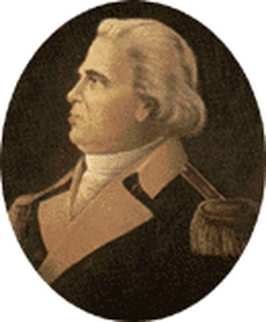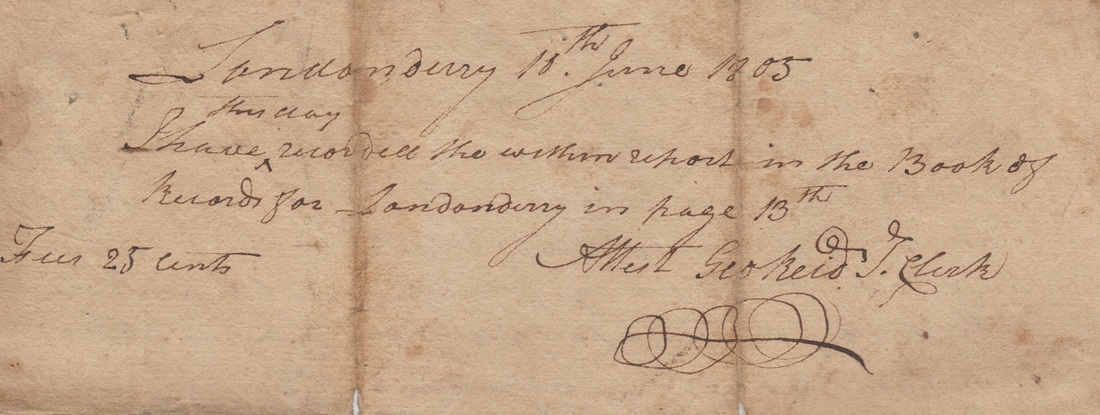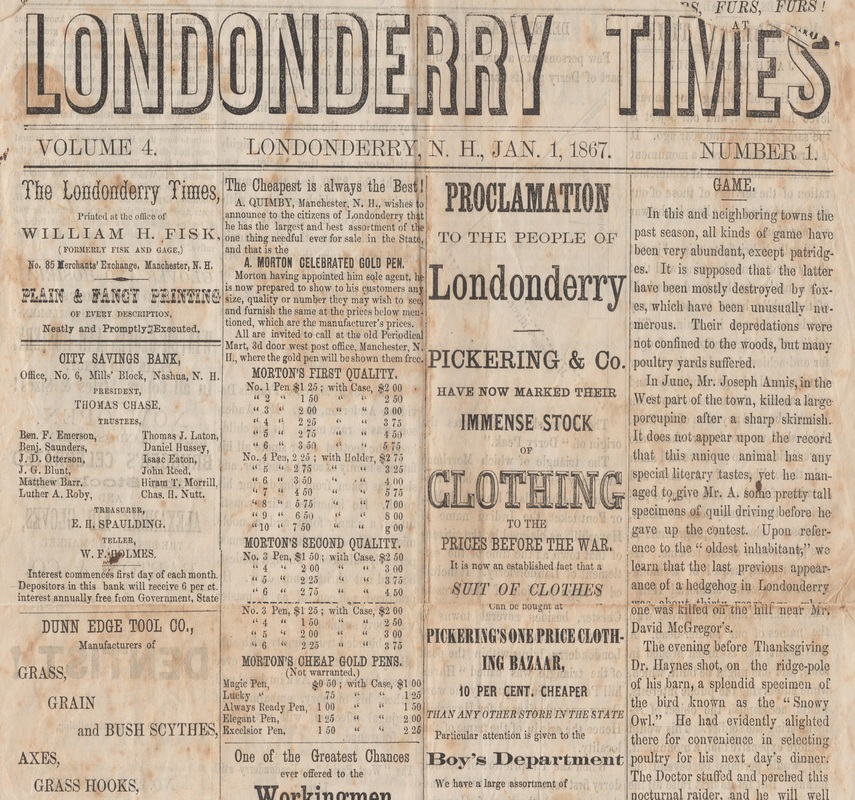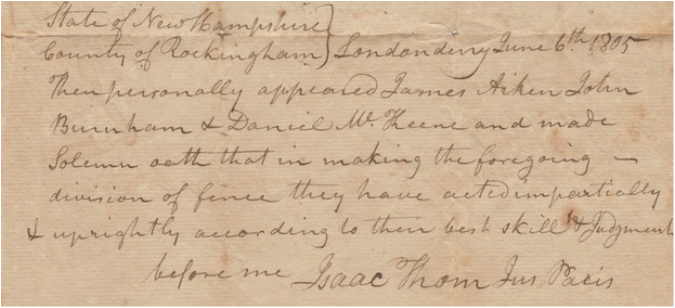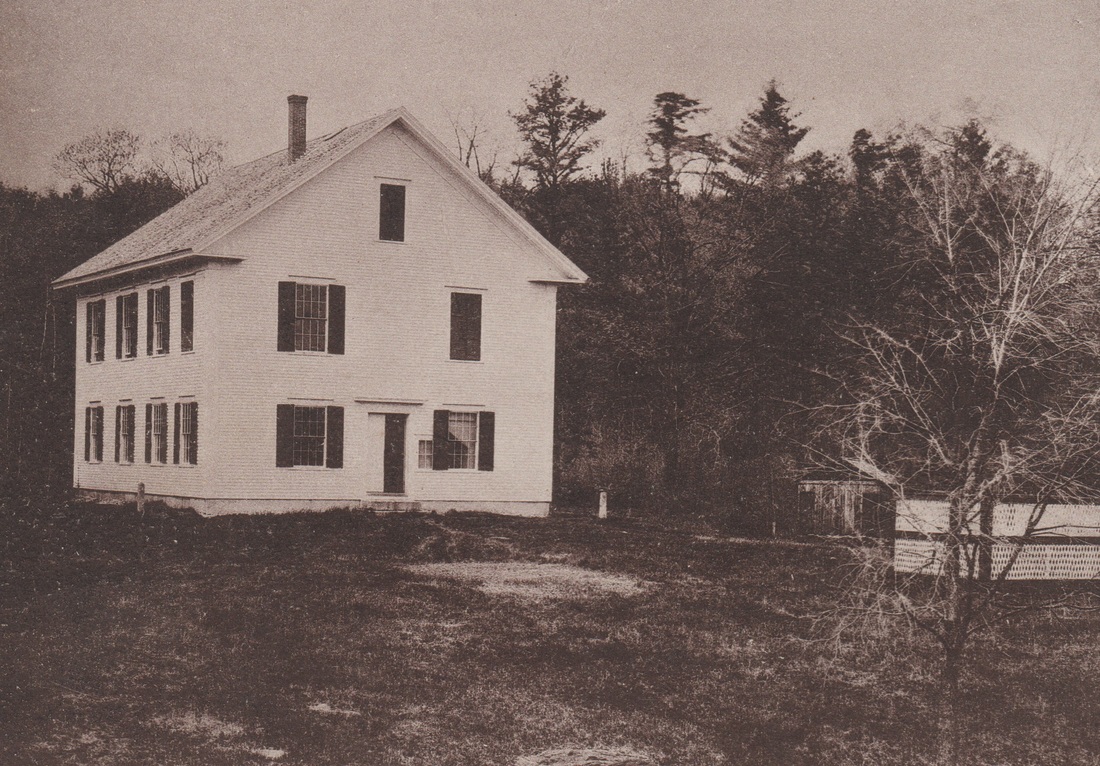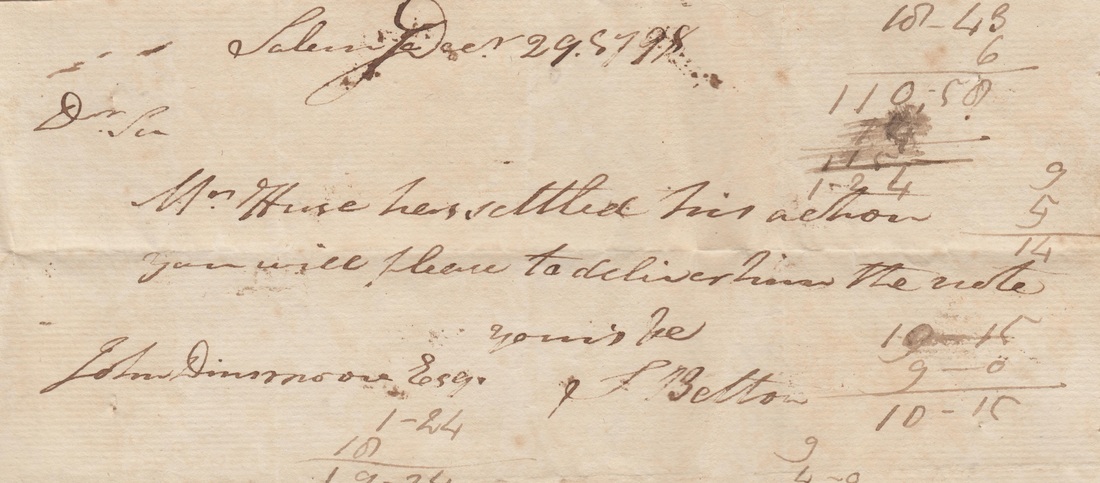Lieutenant Abraham Reid
Alexander Brown
James Gilmore
Allen Hopkins
John Hopkins
Ebenezer McIlvain
Thomas Wilson
William Clyde
David Gregg
Battle of Long Island
Battle of White Plains
Battle of Trenton
Battle of Brandywine
Battle of Germantown
Battle of Saratoga
Battle of Stillwater
During the harsh winter of 1777, Reid chose to stay with the troops at Valley Forge, even after several of the other officers left to return home. In 1779, he joined Sullivan's Expedition, a military campaign against the "Six Nations" of the Iroquois Confederacy that had sided with sided with the British. Reid also served as the commander of the First New Hampshire Regiment from April of 1783, until the unit was dissolved the same year following the end of the Revolutionary War. At the conclusion of the war, George Reid gained the notable distinction of being one of the longest serving officers in the Continental Army. In 1785, he received his final military appointment, being commissioned as brigadier-general in charge of New Hampshire's troops. The following year he was appointed as the justice of the peace of Rockingham County. When the Exeter Rebellion, also known as the "Paper Money Riot" broke out later that year, General Reid commanded a small company of soldiers sent to Exeter to put down the uprising. The lack of paper money in the region made repayment of debt difficult for many farmers and this was the source of the rebellion. Following his brief service during the Exeter Rebellion, Reid received anonymous letters containing death threats, as well as threats to burn down his homestead, for his role in putting down the rebellion. The latter threat was almost carried out one night as a mob surrounded his house, threatening to burn it to the ground. However, Reid was able to calm the mob, and convinced them to let himself and his home be. In 1791, Reid was appointed as the sheriff of Rockingham County. Following this appointment, he permanently returned home to his wife and children. General George Reid died in 1815, at the age of 83.
